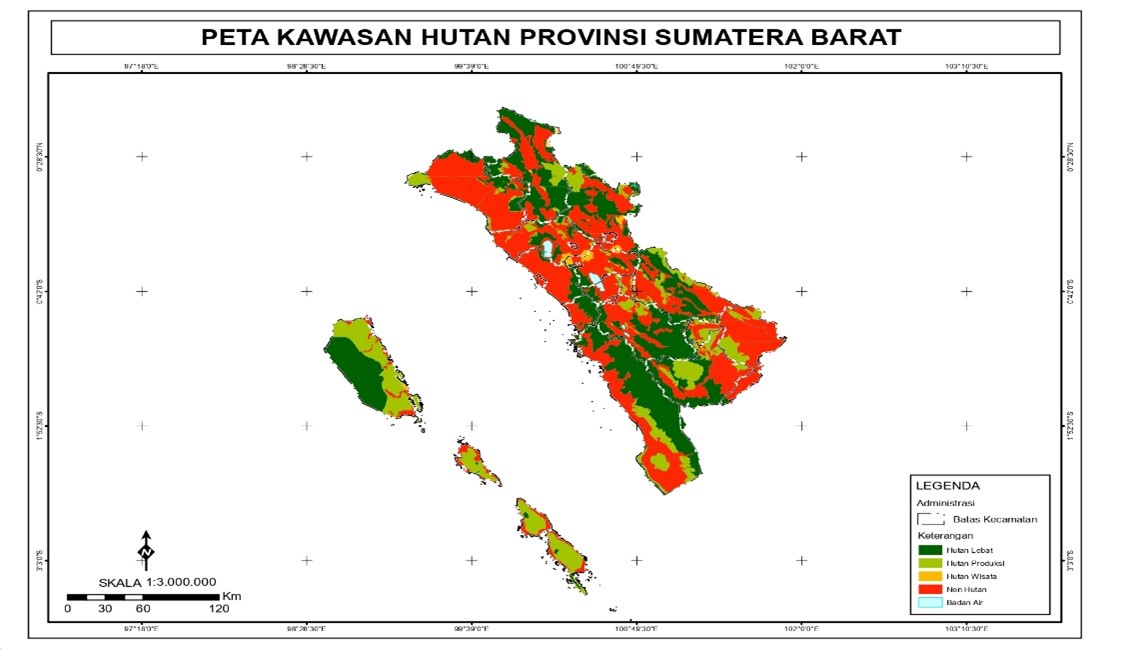The Use of Map Media: A Study of Spatial Thinking Skills
DOI:
https://doi.org/10.30736/seaj.v7i1.1193Keywords:
Map Media, Spatial Thinking Skills, Learning MediaAbstract
The Use Of Map Media: A Study Of Spatial Thinking Skills. This study aims to analyze the effectiveness of using map media in improving students' spatial thinking skills in biosphere phase E (class X) material at SMAN 1 North Kampar. Spatial thinking is very important in science education to understand spatial relationships in ecosystems, but biosphere learning faces complex challenges related to the interaction of organisms and their environment. Therefore, the use of map media, both digital and printed, is integrated in ecosystem analysis and prediction of environmental change to improve students' understanding. This study used a quantitative approach with a quasi-experimental method and Non-Equivalent Group Design. The research sample consisted of 30 students of class X3 as the experimental group and 30 students of class X1 as the control group. The intervention was conducted for two weeks in the odd semester. Data analysis using Independent Sample T-Test showed a significance value (sig = 0.001 <0.05), which means there is a significant difference between the two groups. N-Gain results showed that the experimental class had high effectiveness in spatial thinking (76.68%), while the control class was less effective (55.58%). These results show that map media can be used as an effective learning tool to improve students' spatial thinking skills. Teachers can utilize interactive or digital maps in ecology learning to clarify the concept of space and improve students' understanding of the biosphere.
Downloads
References
Ahyuni, A., Mudjiran, M., & Festiyed, F. (2024). Indonesian senior high school geography teacher’s understanding of written curriculum. Pegem Journal of Education and Instruction, 14(1), 93–99.
Ahyuni, A. (2016). Pengembangan bahan ajar berpikir spasial bagi calon guru geografi. Fakultas Ilmu Sosial, Universitas Negeri Padang.
Apriana, R. (2021). Efektivitas penggunaan WhatsApp dalam pembelajaran sejarah pada kelas XI IPS 1 di SMA Negeri 1 Purbolinggo tahun ajaran 2020/2021.

Downloads
Published
How to Cite
Issue
Section
License
Copyright (c) 2025 Lisa Mawarni Lisa Mawarni, Ahyuni Ahyuni

This work is licensed under a Creative Commons Attribution-ShareAlike 4.0 International License.
Authors who publish with this journal agree to the following terms:
- Authors retain copyright and grant the journal right of first publication with the work simultaneously licensed under a Creative Commons Attribution-ShareAlike 4.0 International License that allows others to share the work with an acknowledgment of the work's authorship and initial publication in this journal.
- Authors are able to enter into separate, additional contractual arrangements for the non-exclusive distribution of the journal's published version of the work (e.g., post it to an institutional repository or publish it in a book), with an acknowledgment of its initial publication in this journal.
- Authors are permitted and encouraged to post their work online (e.g., in institutional repositories or on their website) prior to and during the submission process, as it can lead to productive exchanges, as well as earlier and greater citation of published work (See The Effect of Open Access).

This work is licensed under a Creative Commons Attribution-ShareAlike 4.0 International License.









